July, 27th at HausDrei was not a Friday like any other: our local team had taken good care of organising different activities to select valuable ideas for better mobility in Altona. The first part of the Hackday consisted in a voting exercise that was based on the ideas selected during previous Lab activities and entailed the active participation of attendants. Three groups were created, each led by an experienced moderator. The latter had a stack of cards, one card per idea. The moderator presented one card/idea at a time to the group. All group members could either support the idea, showing a green card, or express disagreement, lifting a red card. The cards reported the total of votes in favour and against the idea. Feasibility and expected benefit for the community in the area (usefulness/impact) were the two leading criteria in the selection of possible interventions.
At the end of the voting, all cards were collected and displayed on a big chart according to the number of positive votes received. The 10 ideas that had the highest ranking (in terms of green cards), were considered for further development. This happened in a World Café session, during which groups of participants had the chance to detail 2-3 ideas each, guided by a moderator in 3 consequent rounds of 20 minutes. Thanks to this exercise, the Hamburg team could collect suggestions on the steps needed to implement the proposed solutions/interventions (actions, resources, main stakeholders to be involved, timeline, obstacles/challenges and best locations).
In this way, the 10 selected ideas were fleshed out and turned into 12 concepts, namely:
- Mobility Day: Organisation of regular mobility events (e.g. car free days, street festivals, test rides, etc.) to foster discussions and exchange about mobility-related topics and to promote alternative travel options
- Cargo bike delivery: Incentives to cargo bike deliveries could have a domino effect, supporting, for example, the development of start-ups dealing with sustainable mobility, reducing motorised delivery, raising awareness among companies and individual consumers, and reducing parking needs
- Micro-depots: This would ease traffic, creating neighbourhood hubs where delivery companies can easily drop off parcels and customers can come pick them up
- Parking space management: The identification of critical areas and/or times would help enhance control and guide additional policies for parking space management
- Parking space management /2: Street parking could be regulated through differentiated payment systems (e.g. parking passes for residents, paying parking for visitors)
- Car sharing points and mobility hubs: Increasing the number of mobility hubs could help decrease the use of privately owned motorised vehicles
- Prioritisation of busses in road traffic: Priority lanes for busses could make busses an attractive alternative to private motorised vehicles
- Prioritisation of busses in road traffic /2: Certain streets could become routes solely dedicated to public transport and non-motorised vehicles. The Kommunalstrasse could be a pilot area
- Bike parking infrastructure: Car parking lots could be converted into bike parking lots, reducing obstacles for cyclists on the street, while also offering a more secure solution for parking a bike in the city
- Enhanced and safer infrastructure for cyclists and pedestrians: Bike lanes and sidewalks could be made more visible to increase safety, especially at big crossroads and complex intersections
- Platform for communicating obstacles and dangers: The existing platform “Meldemichel” could be improved to facilitate reporting of concerns and problems. The category “dangerous areas” could be added to make it more functional
- Mobility network Altona: The development of a dedicated network could contribute to give visibility to citizen initiatives and improve coordination of actions in the area.
We now have to wait for the Quadruple Helix Stakeholder meeting, planned for September, to see which of these concepts will be brought forward and selected for the actual pilot interventions for these projects and which ones may be implemented in the future instead.
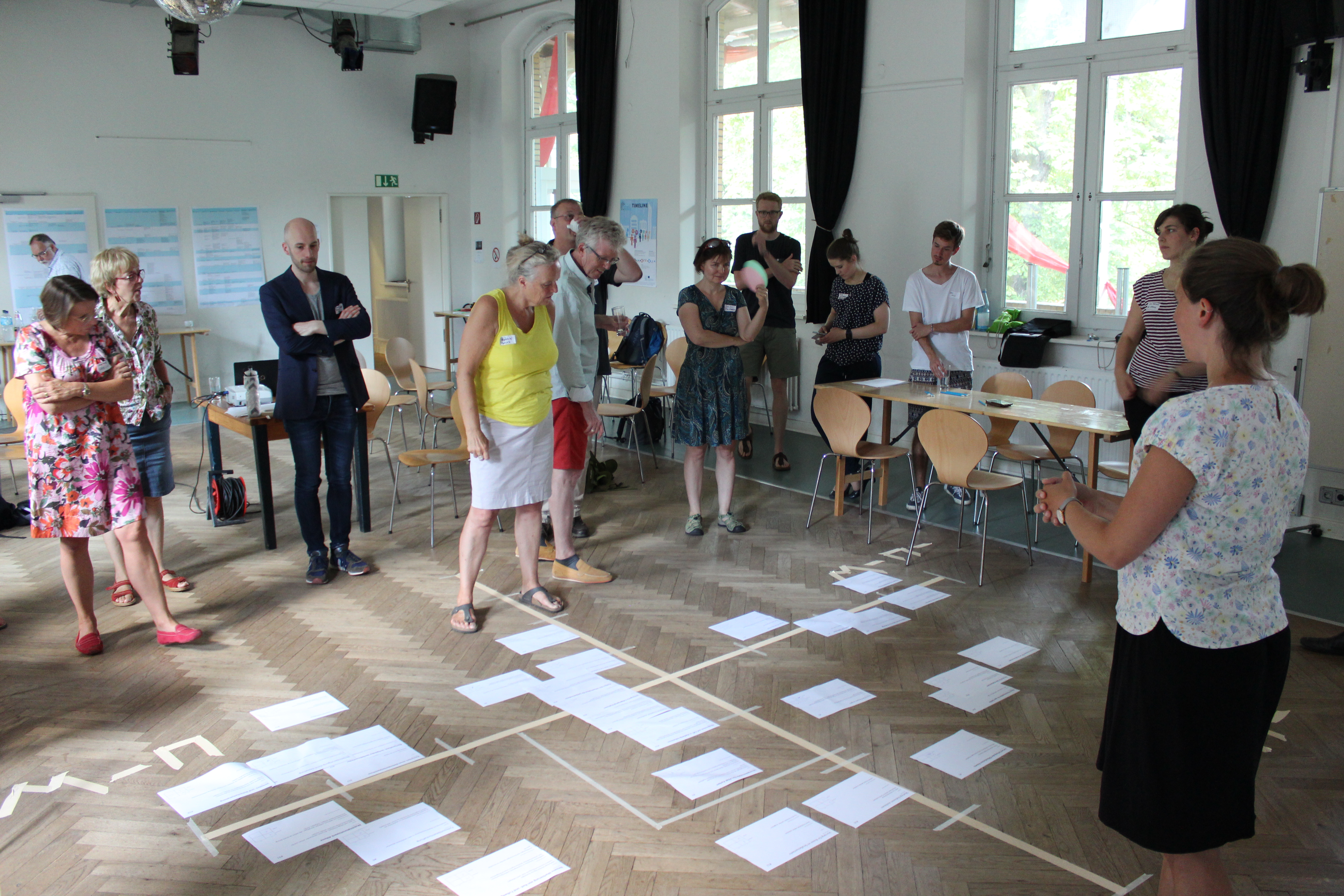

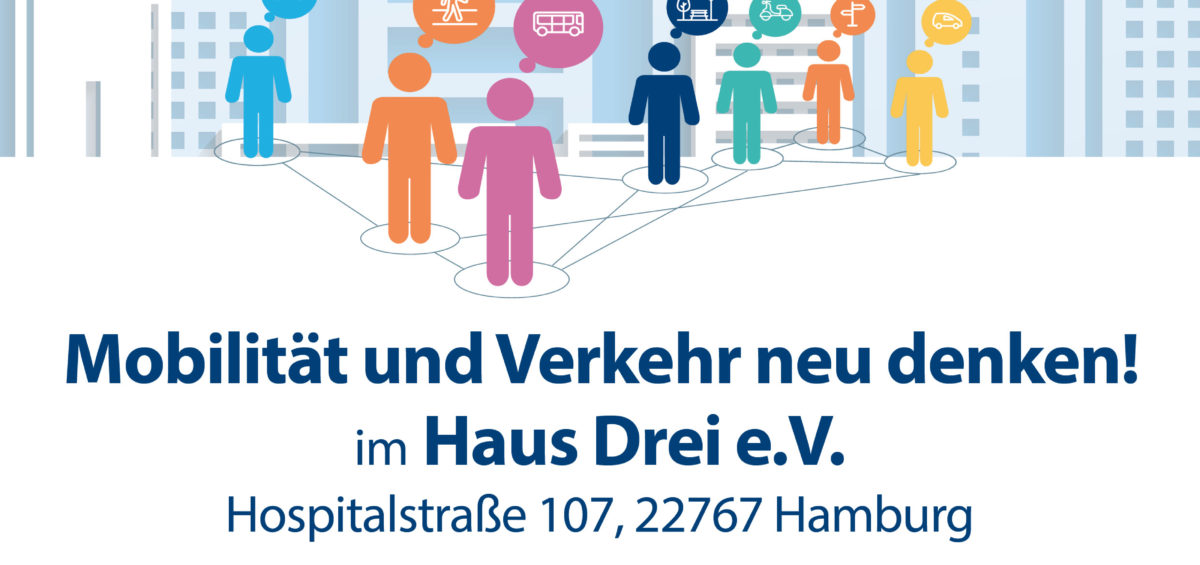




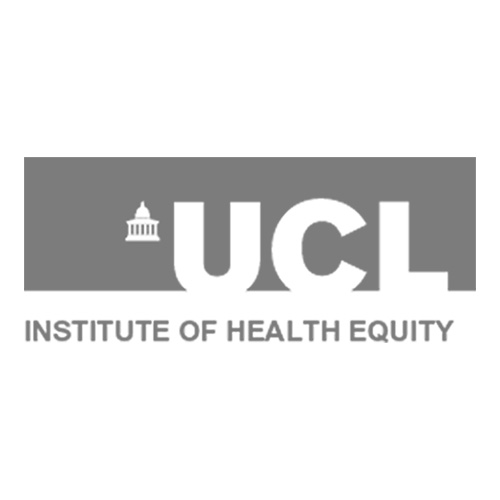
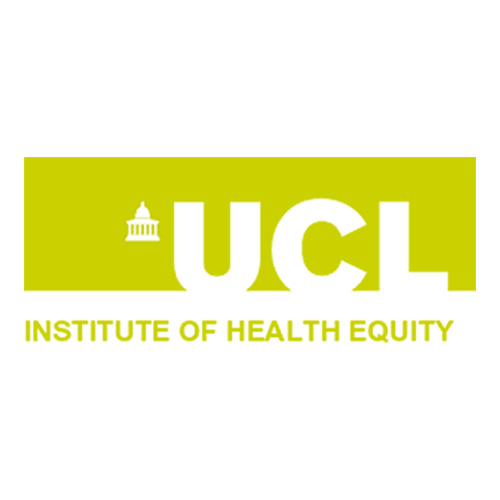


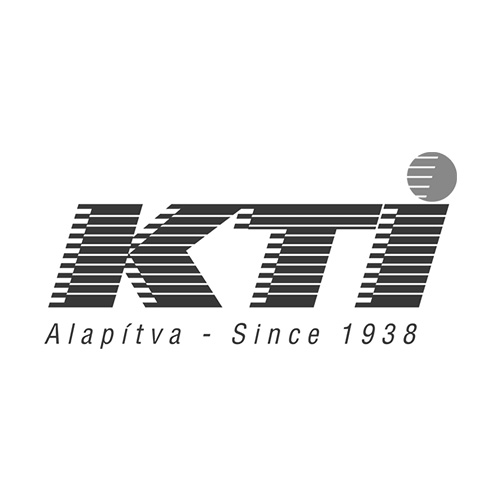
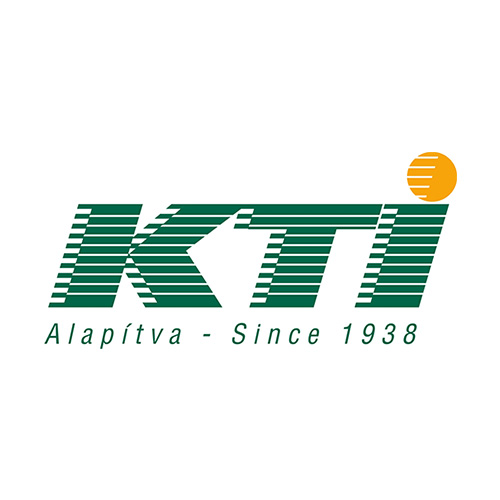
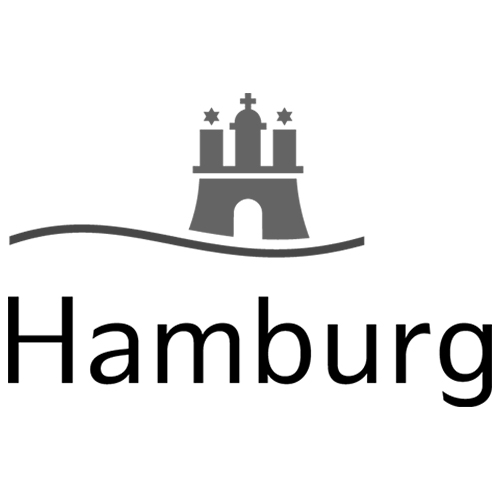
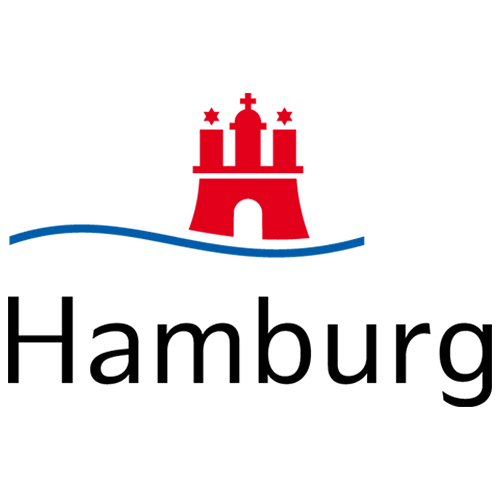
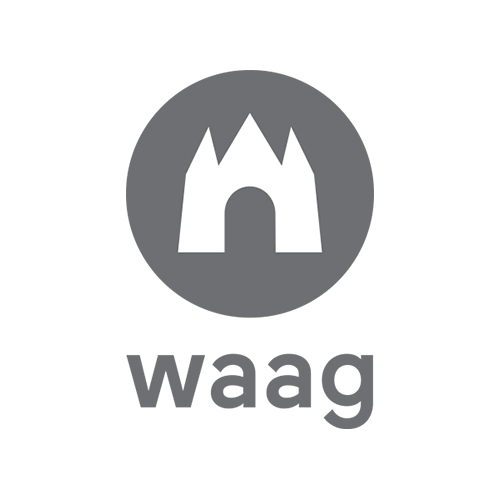

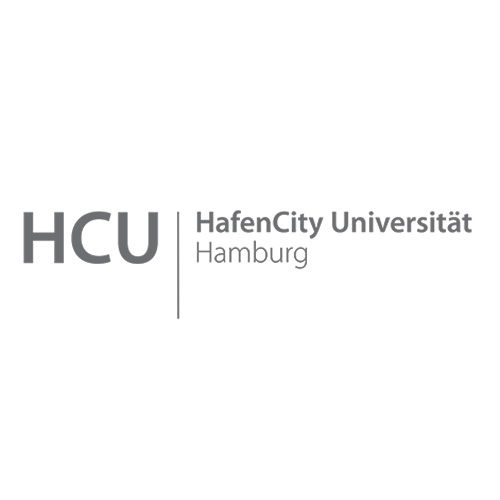
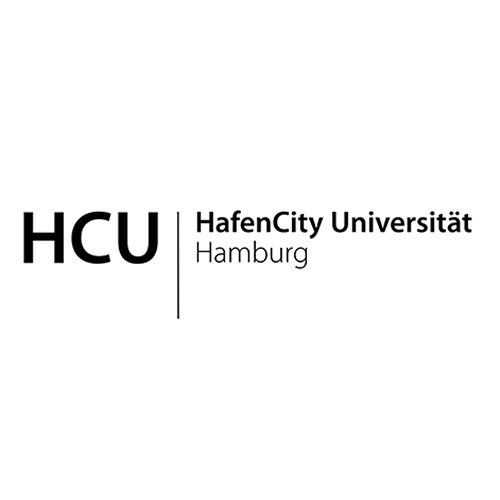







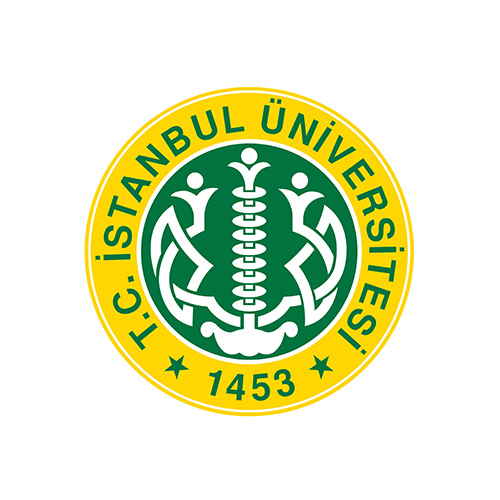


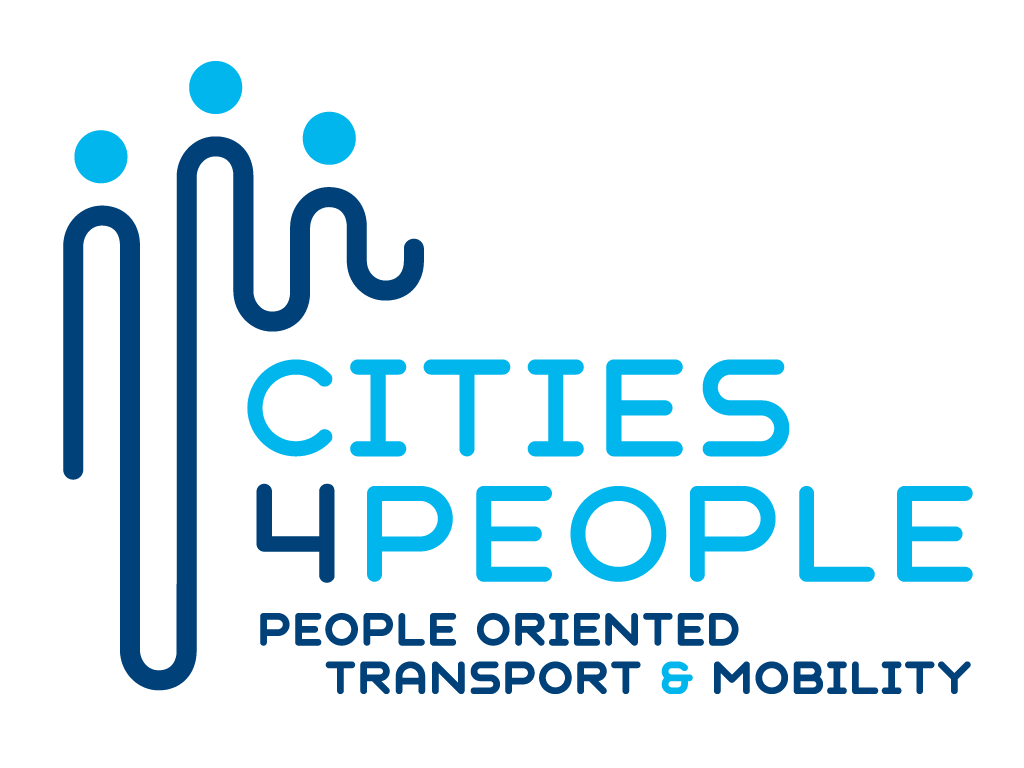
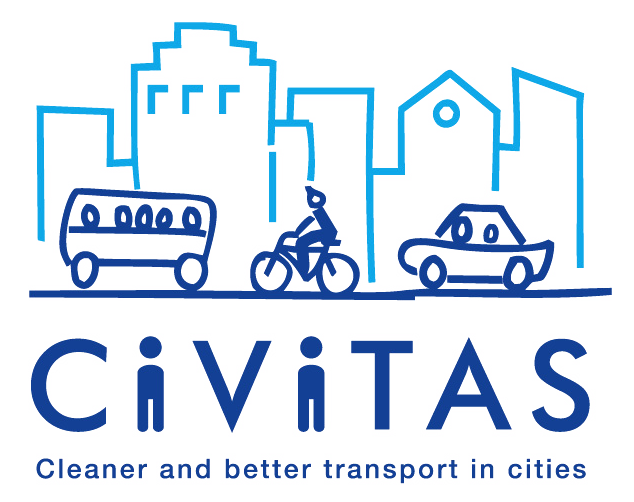


 English
English Ελληνικά
Ελληνικά Deutsch
Deutsch Turkish
Turkish